Code
HCS33811
Weight
1.156 Kg / 2.55 lbs
Size
Height
31cm (12") Width
18cm (7") Depth
10cm (4") Material
Wood
Availability
Available

Safe Payment
We accept Paypal, Money Transfer, Bank Transfer
Confidence
Protection covers your purchase and personal data.
Worldwide Delivery
We ship Worldwide, except Russia.Shipping cost US$25.2 for upto 0.5 kgs

Hotline
Talk to help line for your question on 9841267335Brief Introduction :
In Buddhism, there are a variety of attitudes towards different forms of fasting. The Buddha is known to have practiced extreme forms of fasting which led to his emaciation and to have famously abandoned it before his great awakening. Nevertheless, different forms of fasting are practiced in various Buddhist traditions.
Fasting in early Buddhism and Theravada :Buddhist monastics have traditionally followed the prtimoka rules outlined in the various Vinayas, all of which state that one must not eat after the noon meal. Instead, Buddhist texts state that this time should be used for meditation or sutra chanting. Infringing on this rule is considered a pcittika offense that must be confessed. This is not considered fasting, but rather a simple and moderate way of eating that is said to improve one's meditation and health. During special religious observance days, devout lay people will also follow this rule.
The Buddha's Middle Path refers to avoiding extremes of indulgence and self-mortification on the one hand. Prior to attaining nirvana, Shakyamuni followed a strict austerity and fasting regime that was common among the sramana religions of the time, according to early Buddhist texts. These austerities, which he shared with five other ascetics, did not result in spiritual advancement but did cause him to become so emaciated that he could barely stand.
He attained awakening only after abandoning the practice of harsh asceticism, including extreme fasting, and instead focusing on the practice of meditation and jhana. As a result of this experience, the Buddha criticized the fasting practiced by Indian ascetics of his time, such as Jains, who believed that fasting burned off bad karma.
The Buddha's Middle Path refers to avoiding extremes of indulgence and self-mortification on the one hand. Prior to attaining nirvana, Shakyamuni followed a strict austerity and fasting regime that was common among the sramana religions of the time, according to early Buddhist texts. These austerities, which he shared with five other ascetics, did not result in spiritual advancement but did cause him to become so emaciated that he could barely stand.
He attained awakening only after abandoning the practice of harsh asceticism, including extreme fasting, and instead focusing on the practice of meditation and jhana. As a result of this experience, the Buddha criticized the fasting practiced by Indian ascetics of his time, such as Jains, who believed that fasting burned off bad karma.


![[fasting Buddha], Buddhist Statue, Popular Wood](https://handicraftseller.com/uploads/pics/product/thumb/2024/09/33811.jpg)
![[fasting Buddha], Buddhist Statue, Popular Wood](https://handicraftseller.com/uploads/pics/product/thumb/2024/09/33811_0.jpg)
![[fasting Buddha], Buddhist Statue, Popular Wood](https://handicraftseller.com/uploads/pics/product/thumb/2024/09/33811_1.jpg)
![[fasting Buddha], Buddhist Statue, Popular Wood](https://handicraftseller.com/uploads/pics/product/thumb/2024/09/33811_2.jpg)
![[fasting Buddha], Buddhist Statue, Popular Wood](https://handicraftseller.com/uploads/pics/product/thumb/2024/09/33811_3.jpg)
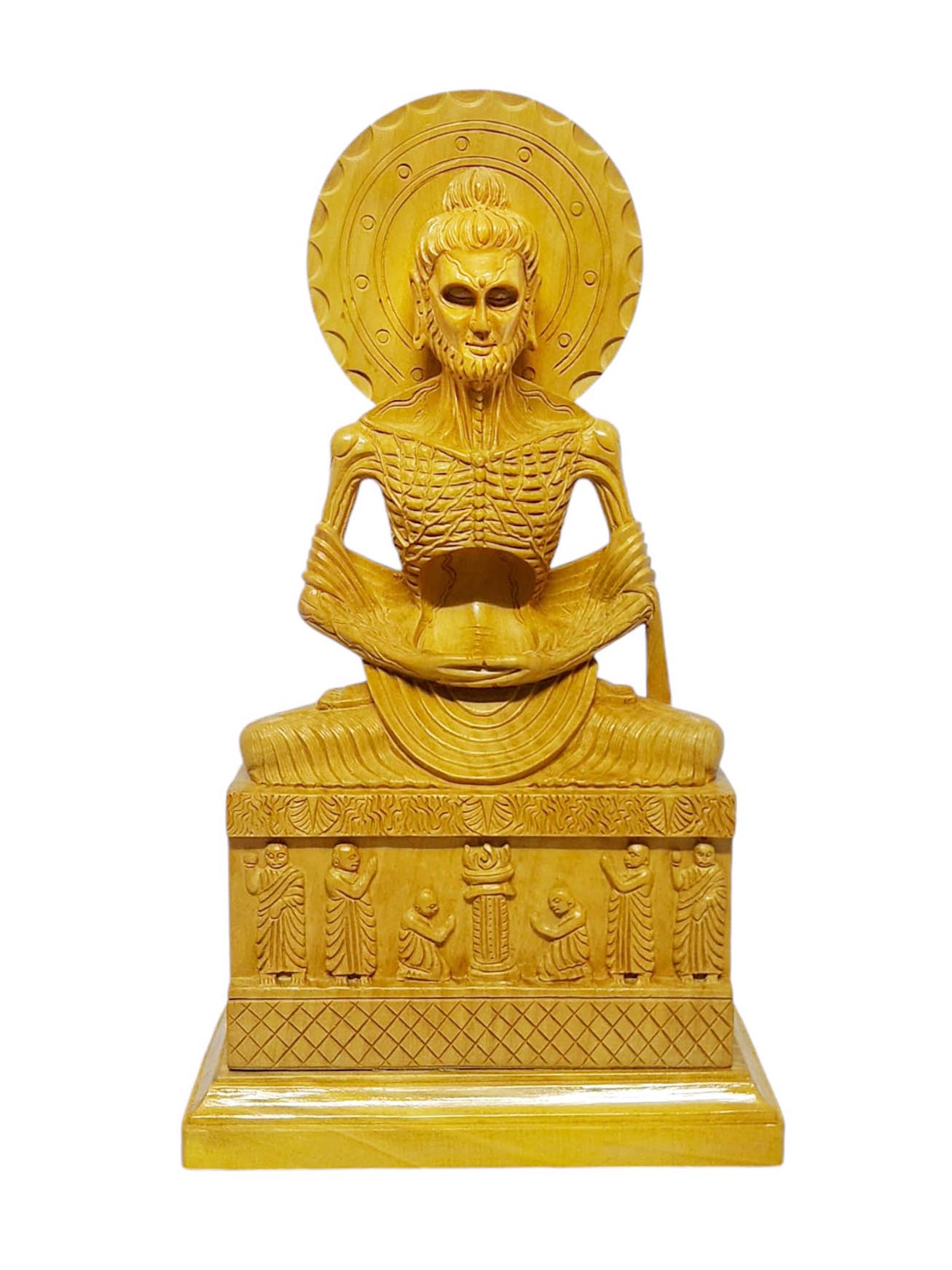
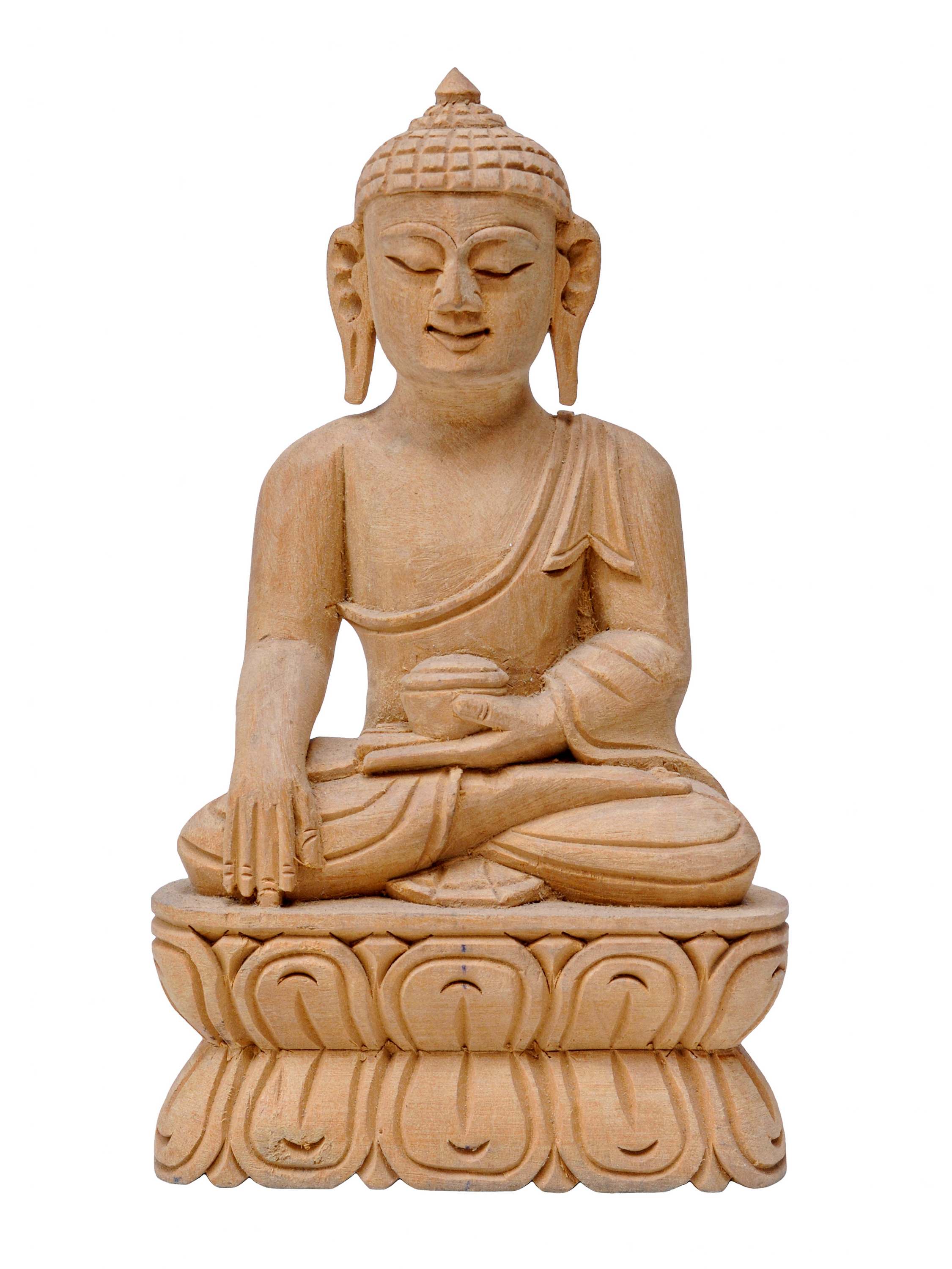 Normal Natural Wood" title="Buddhist Handmade Wooden Shakyamuni Buddha,
Normal Natural Wood" title="Buddhist Handmade Wooden Shakyamuni Buddha, 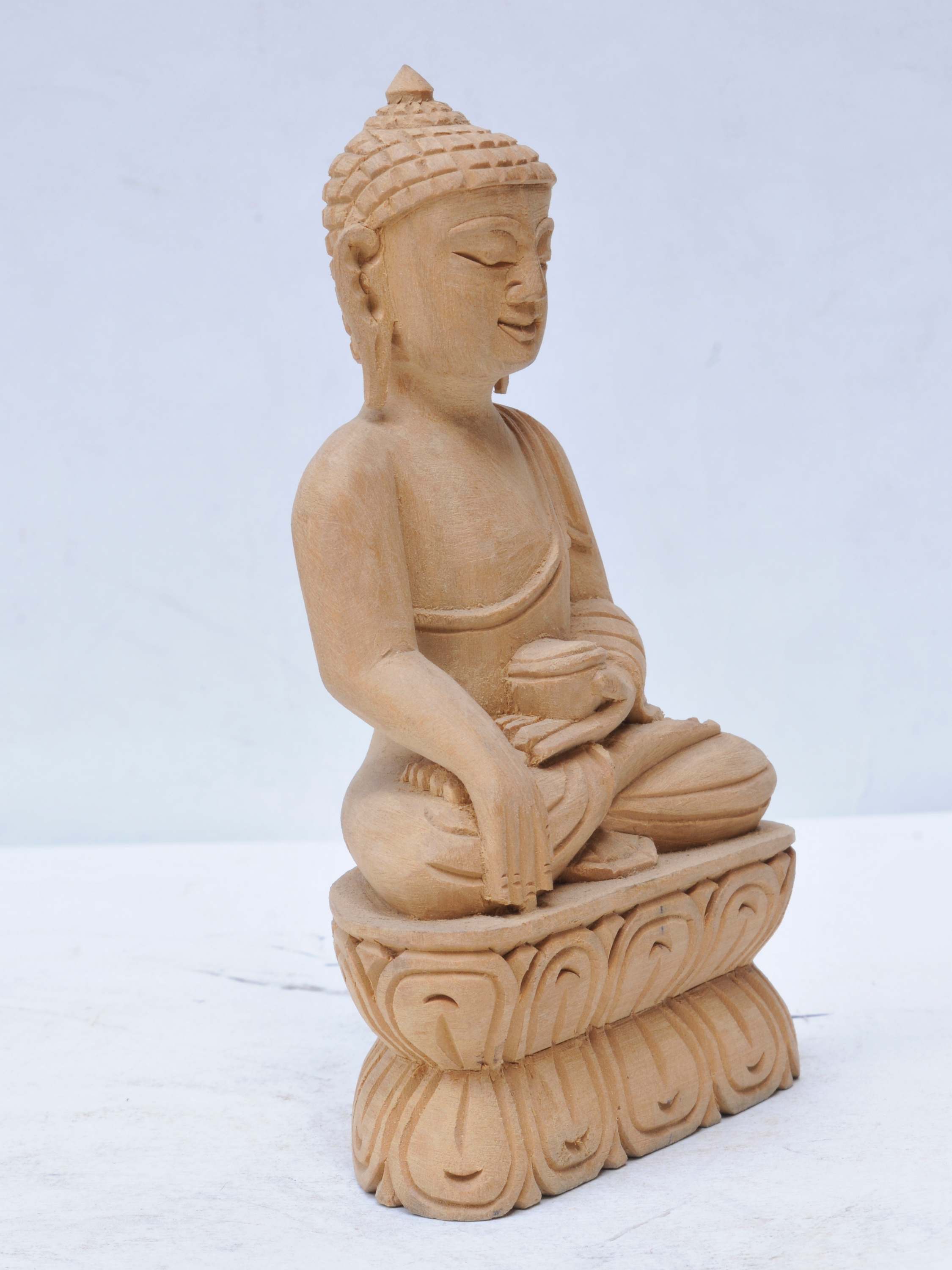 Normal Natural Wood" title="Buddhist Handmade Wooden Shakyamuni Buddha,
Normal Natural Wood" title="Buddhist Handmade Wooden Shakyamuni Buddha, 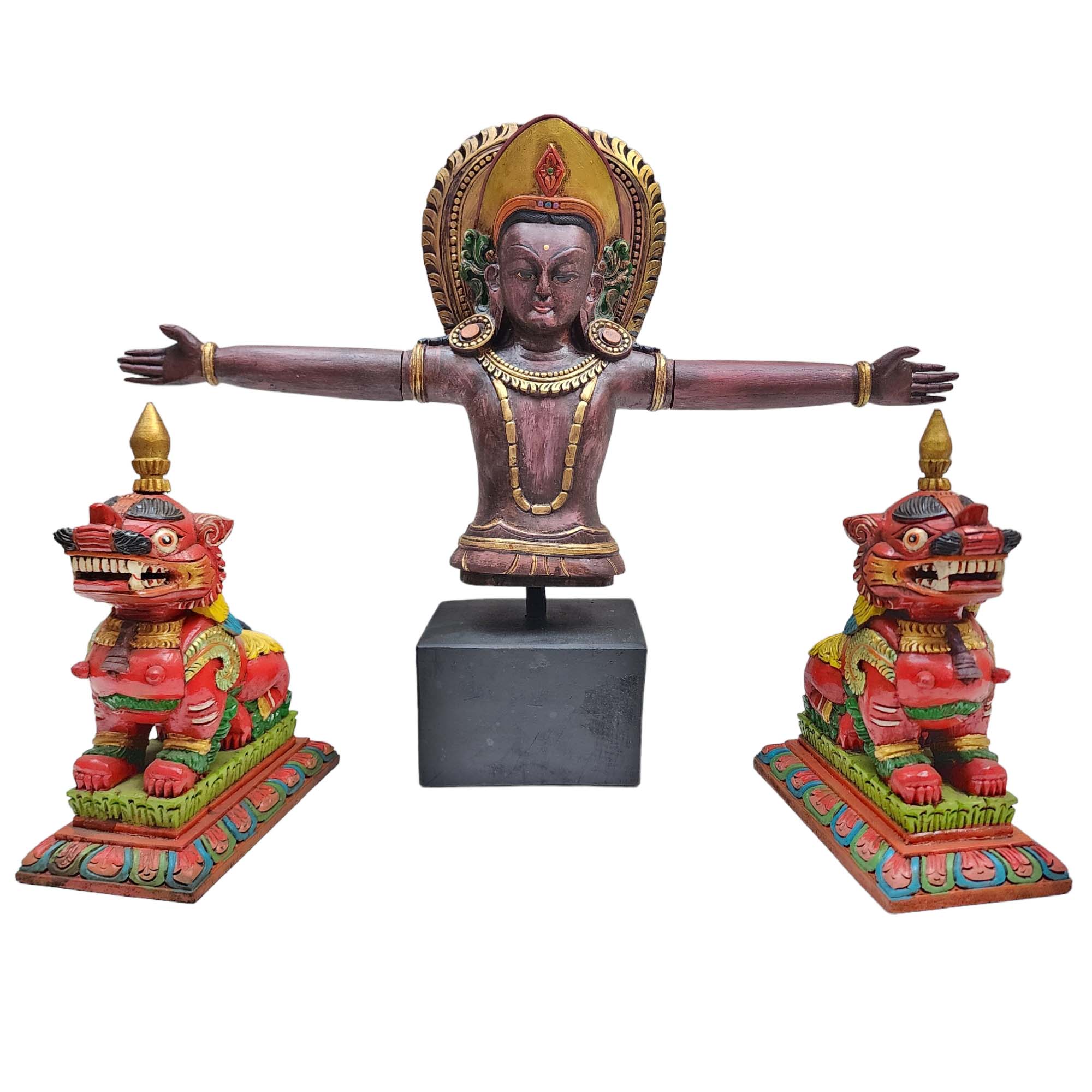 of Rain, Wooden Handmade Statue
of Rain, Wooden Handmade Statue 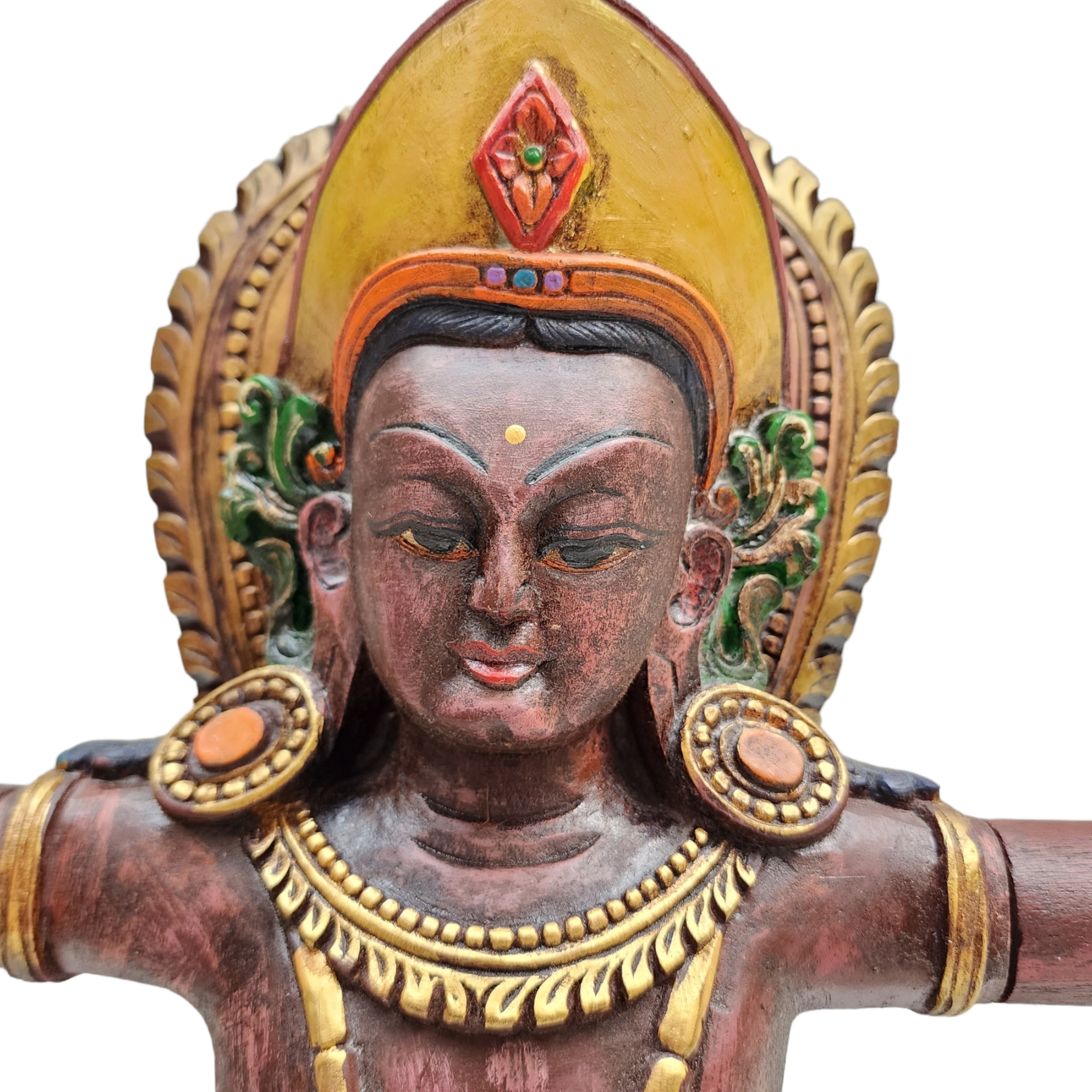 of Rain, Wooden Handmade Statue
of Rain, Wooden Handmade Statue 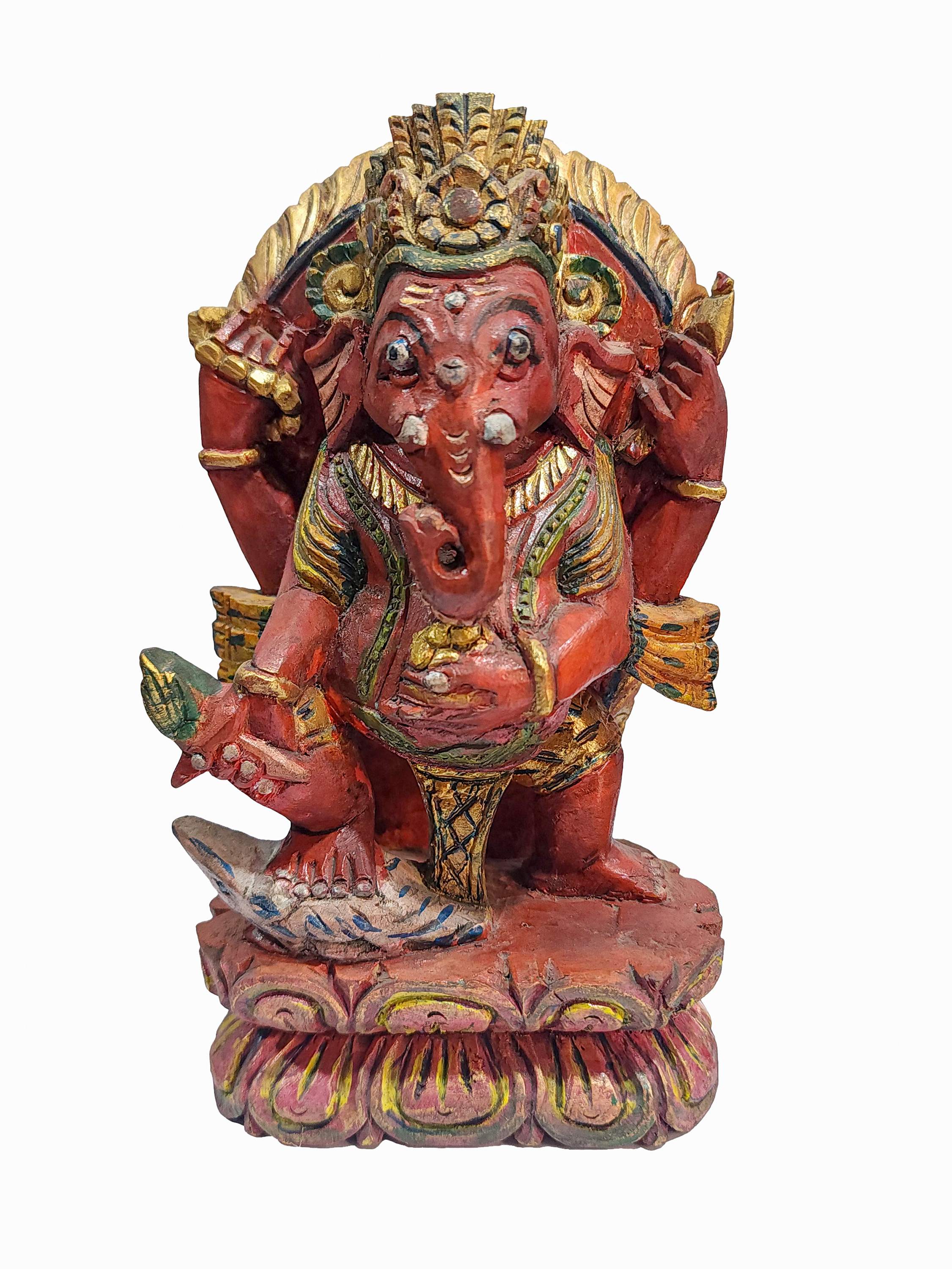 of Ganesh, Thangka Colour Finishing,
of Ganesh, Thangka Colour Finishing, 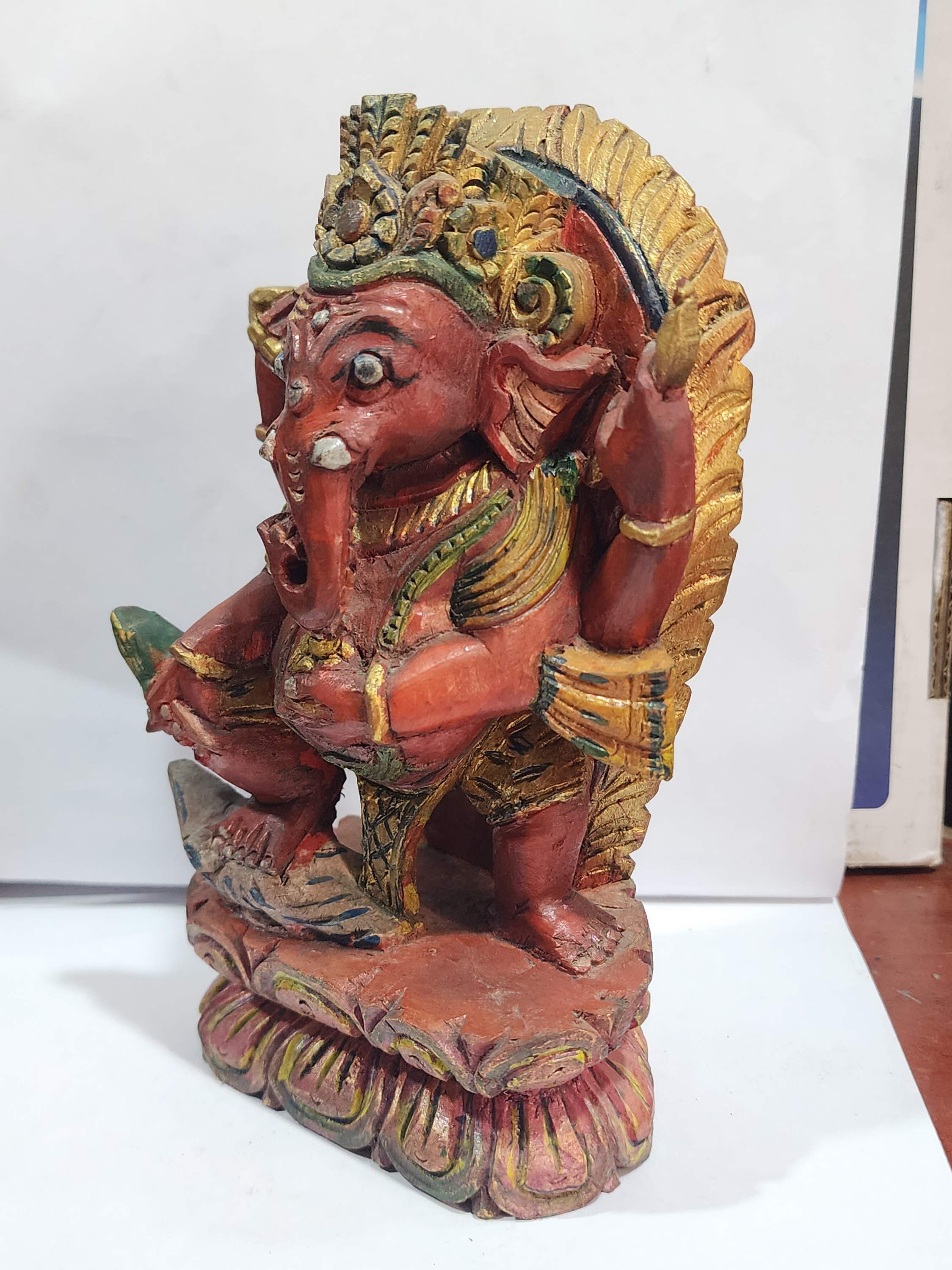 of Ganesh, Thangka Colour Finishing,
of Ganesh, Thangka Colour Finishing, 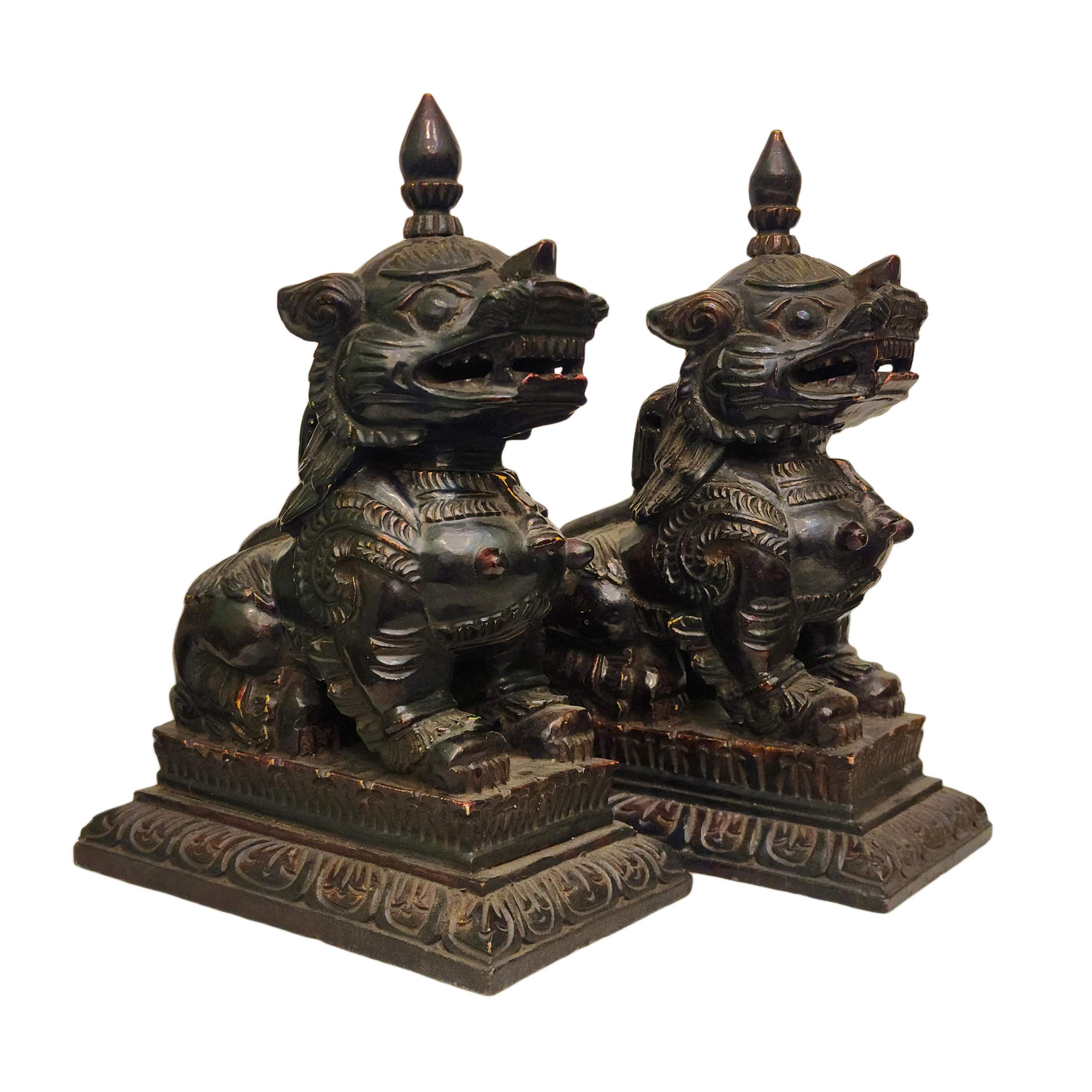 Painted, Wooden" title="Temple Lion Set
Painted, Wooden" title="Temple Lion Set 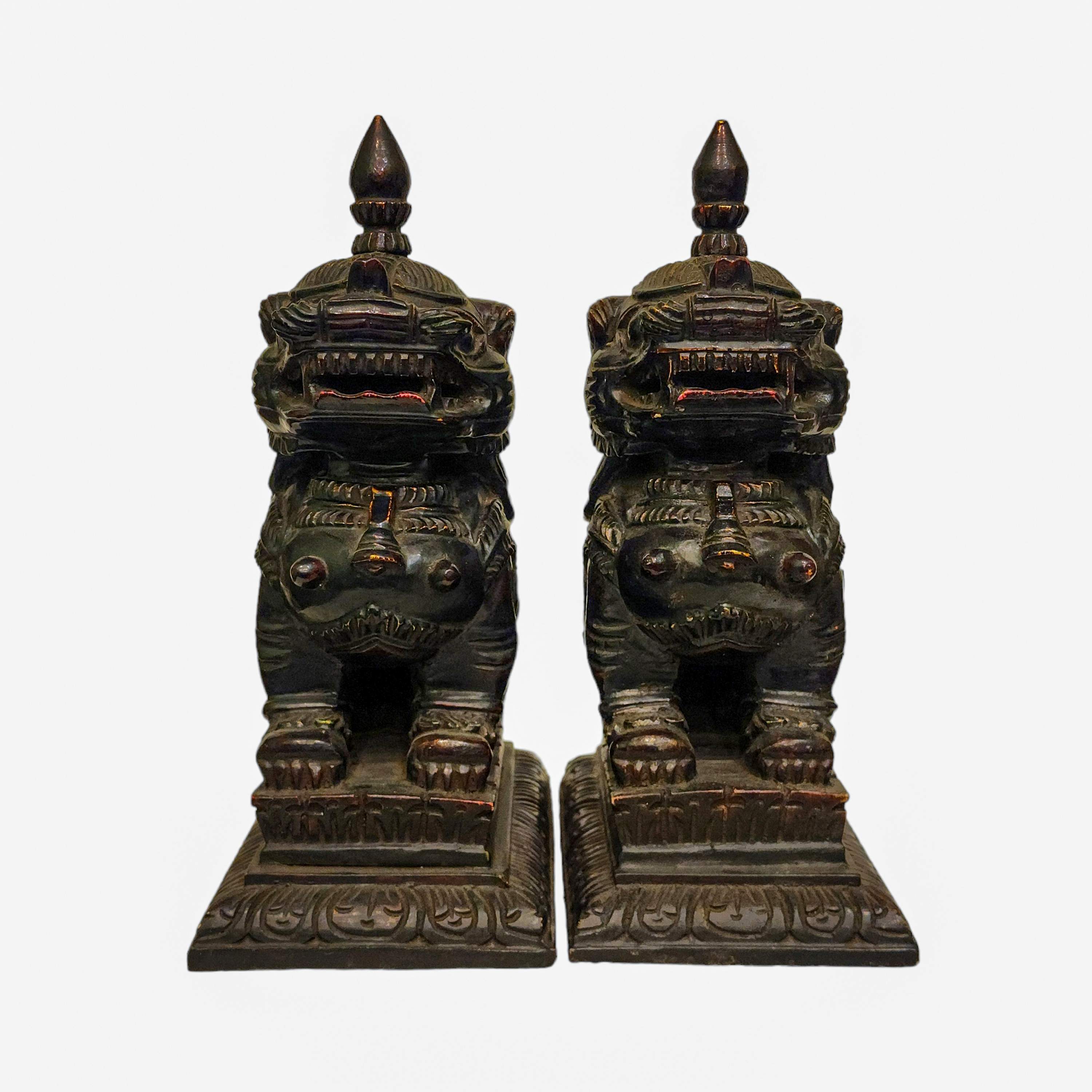 Painted, Wooden" title="Temple Lion Set
Painted, Wooden" title="Temple Lion Set 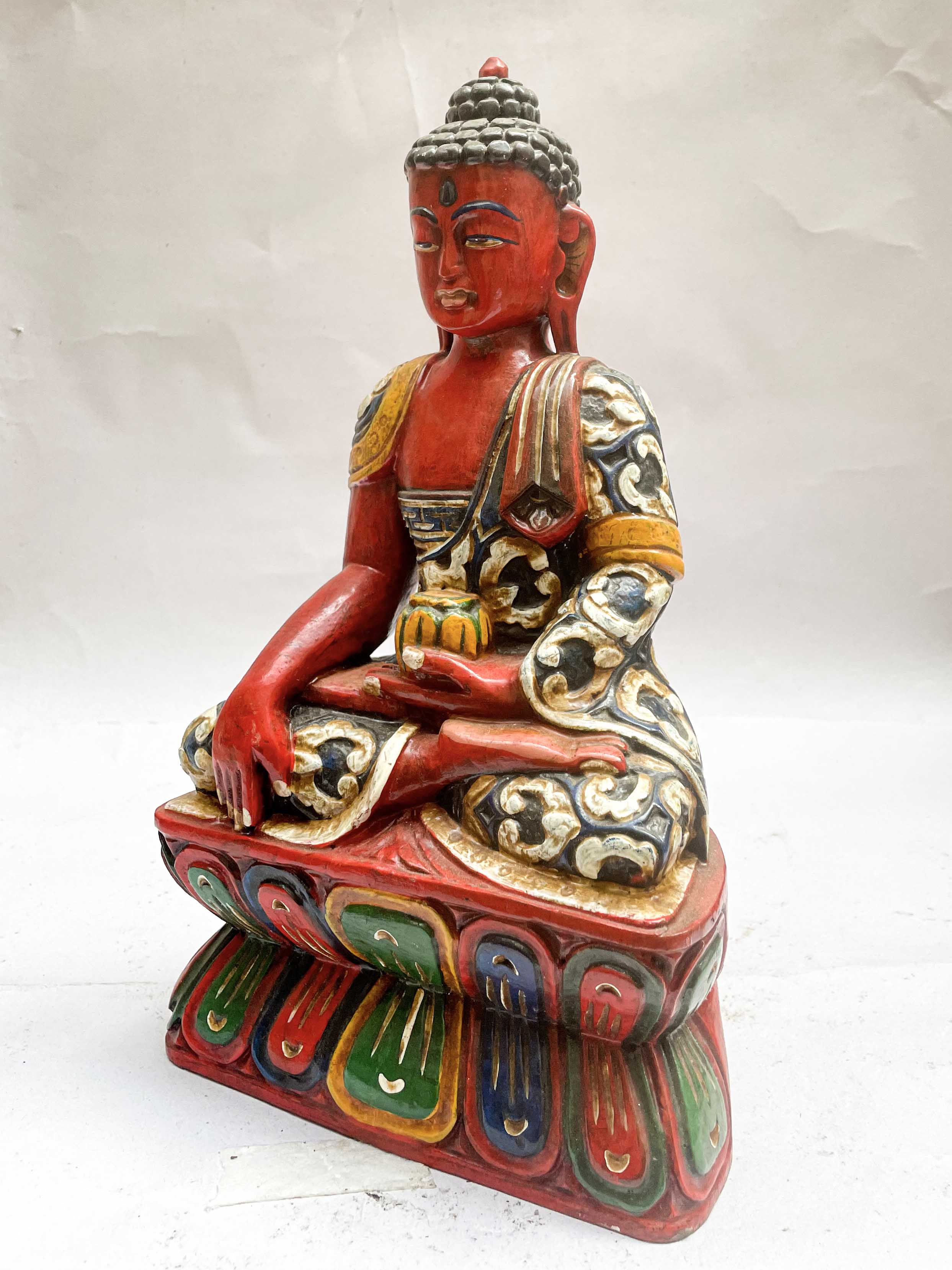 of Shakyamuni Buddha In Red Color,
of Shakyamuni Buddha In Red Color, 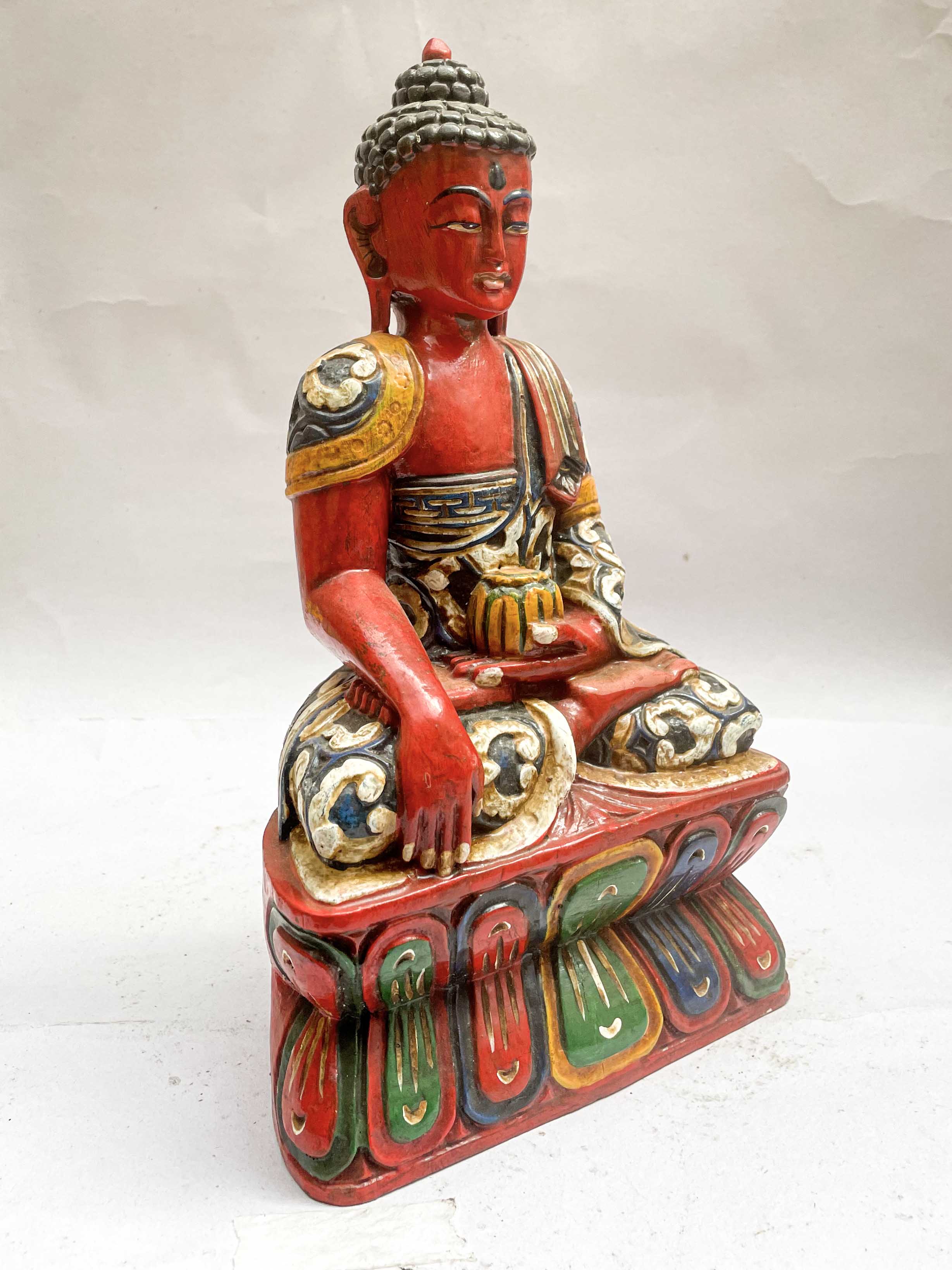 of Shakyamuni Buddha In Red Color,
of Shakyamuni Buddha In Red Color, 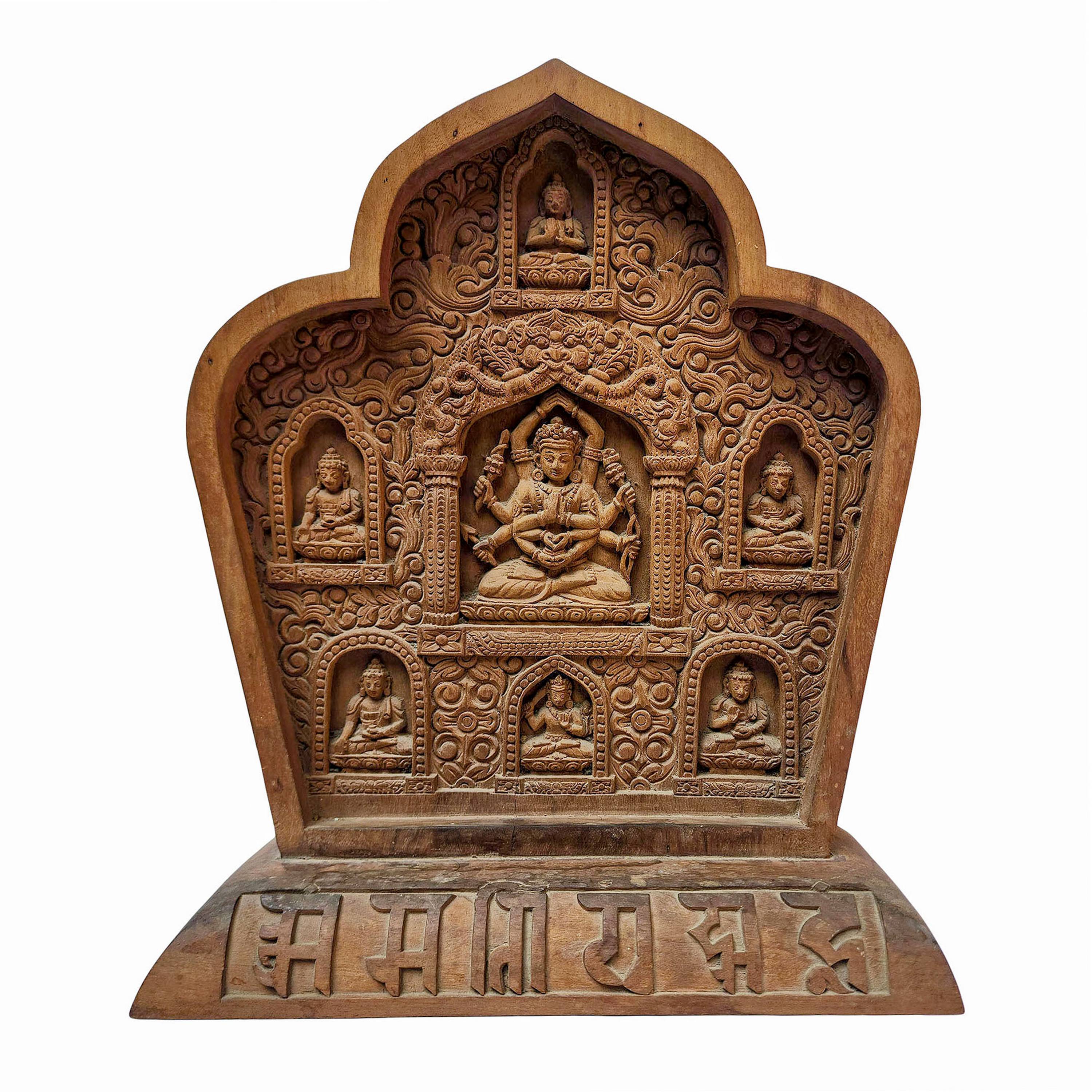 and Manjushree Hand Carved Wooden Frame." title="Namasangiti Wooden Alter, Surrounded By Pancha Buddha
and Manjushree Hand Carved Wooden Frame." title="Namasangiti Wooden Alter, Surrounded By Pancha Buddha 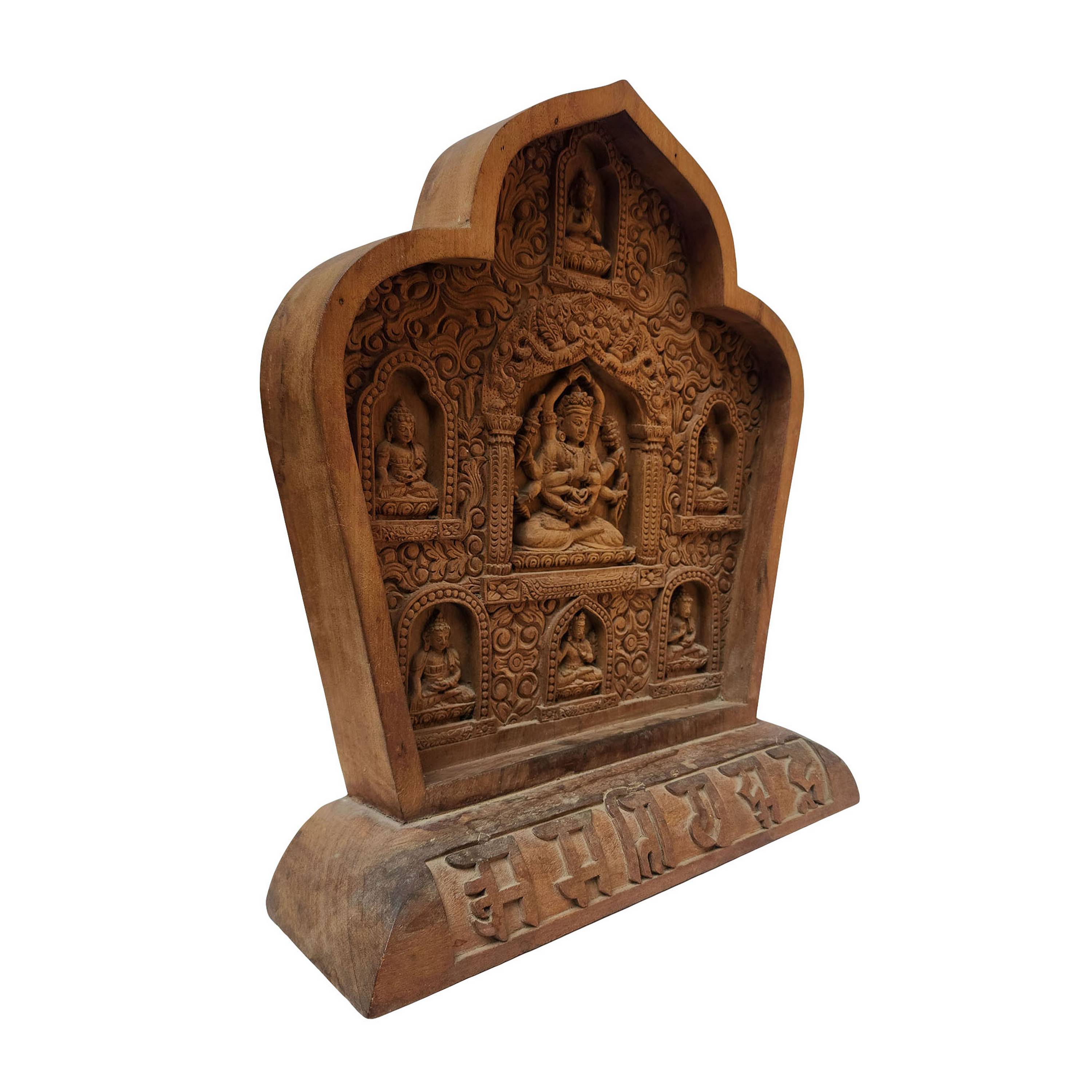 and Manjushree Hand Carved Wooden Frame." title="Namasangiti Wooden Alter, Surrounded By Pancha Buddha
and Manjushree Hand Carved Wooden Frame." title="Namasangiti Wooden Alter, Surrounded By Pancha Buddha 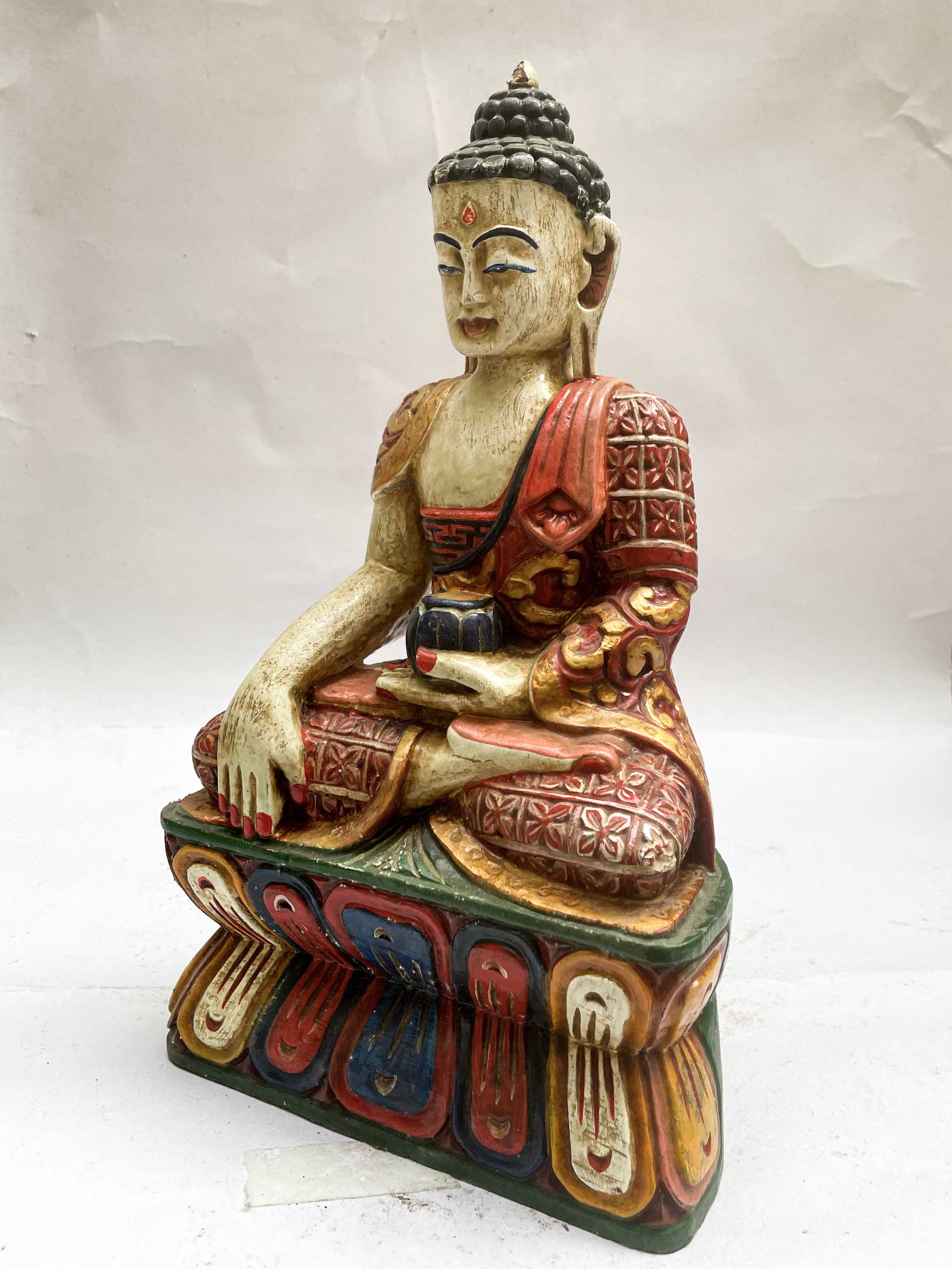 of Shakyamuni Buddha In White Color,
of Shakyamuni Buddha In White Color, 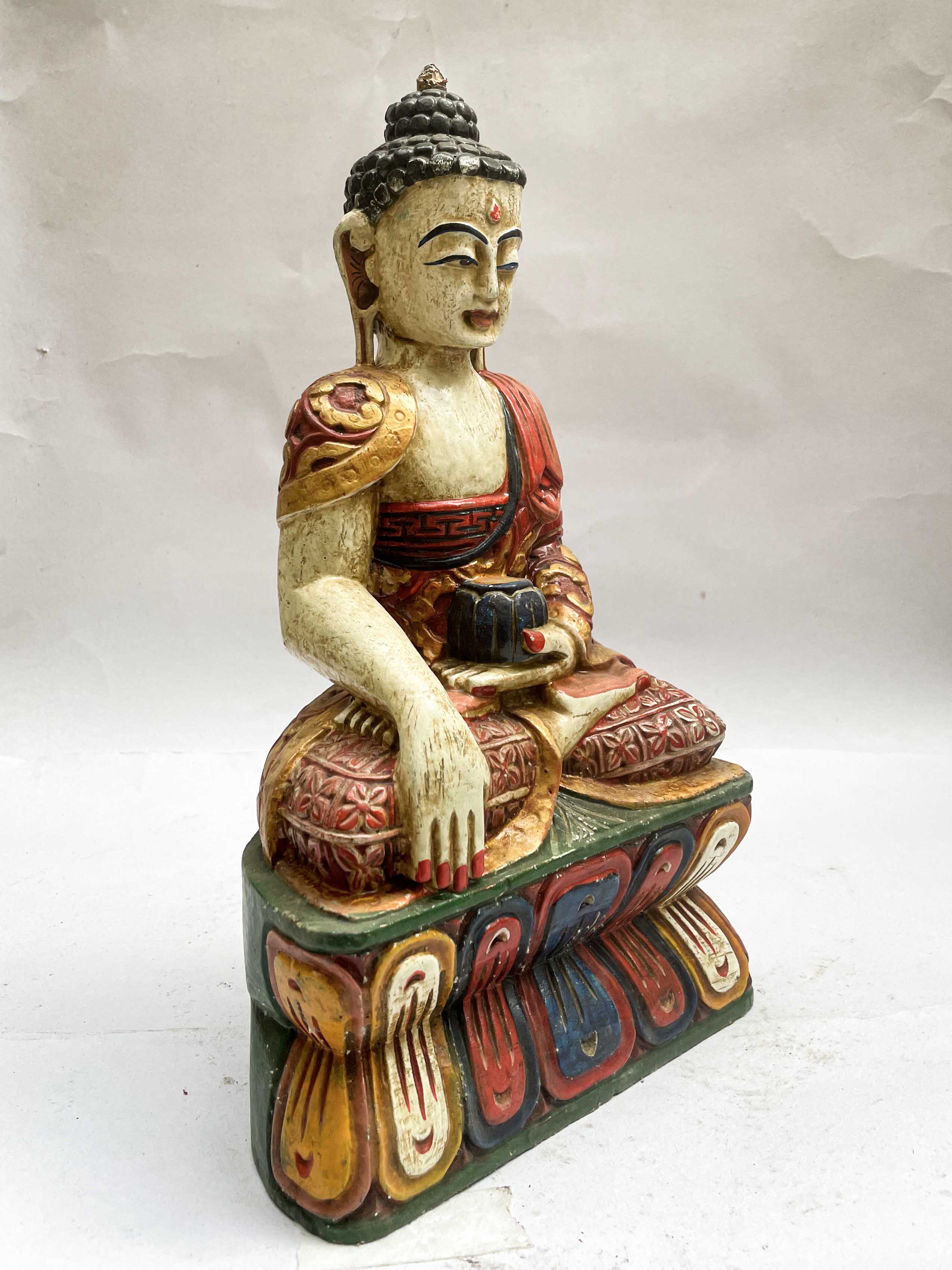 of Shakyamuni Buddha In White Color,
of Shakyamuni Buddha In White Color, 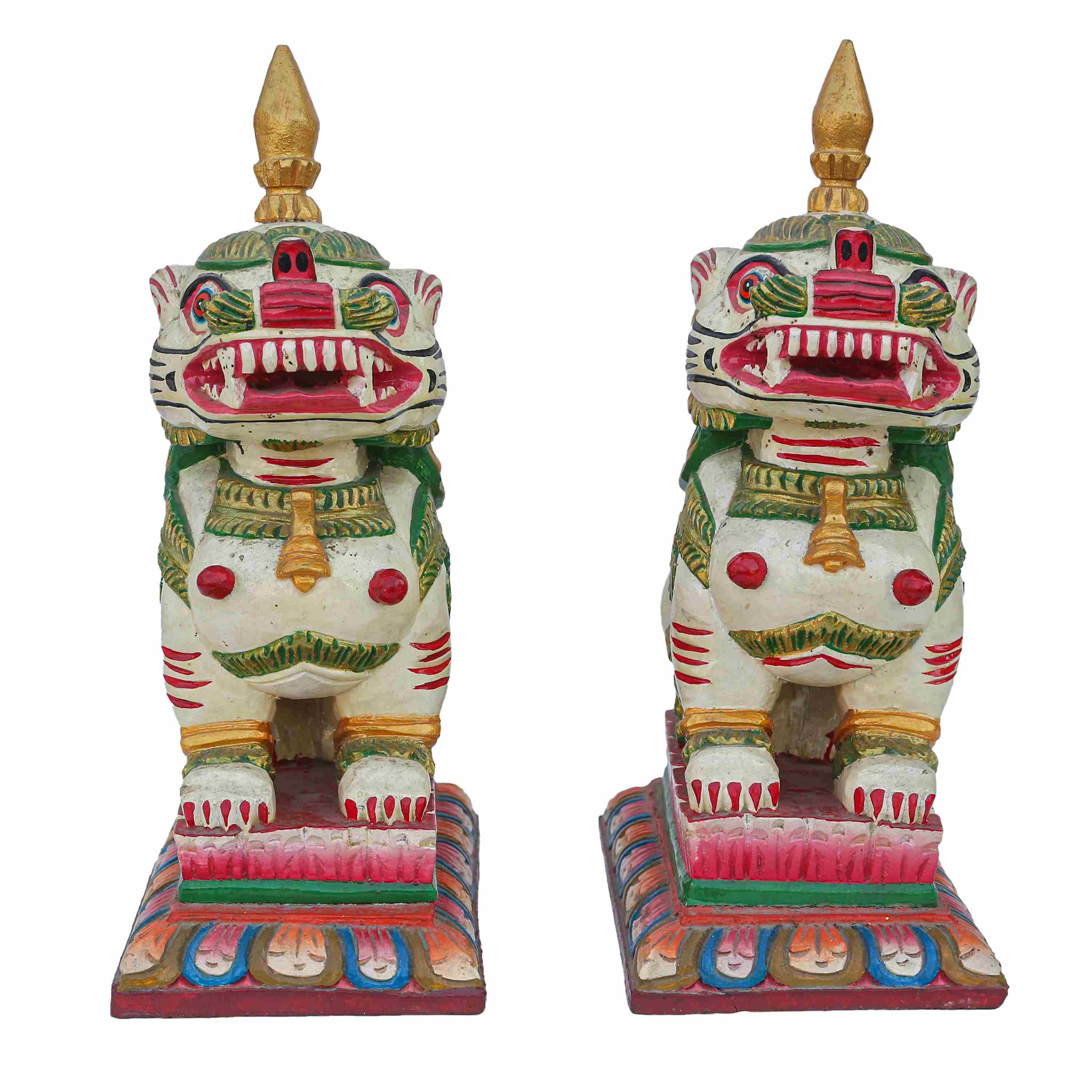 Traditional Tibetan, Wooden Staue
Traditional Tibetan, Wooden Staue 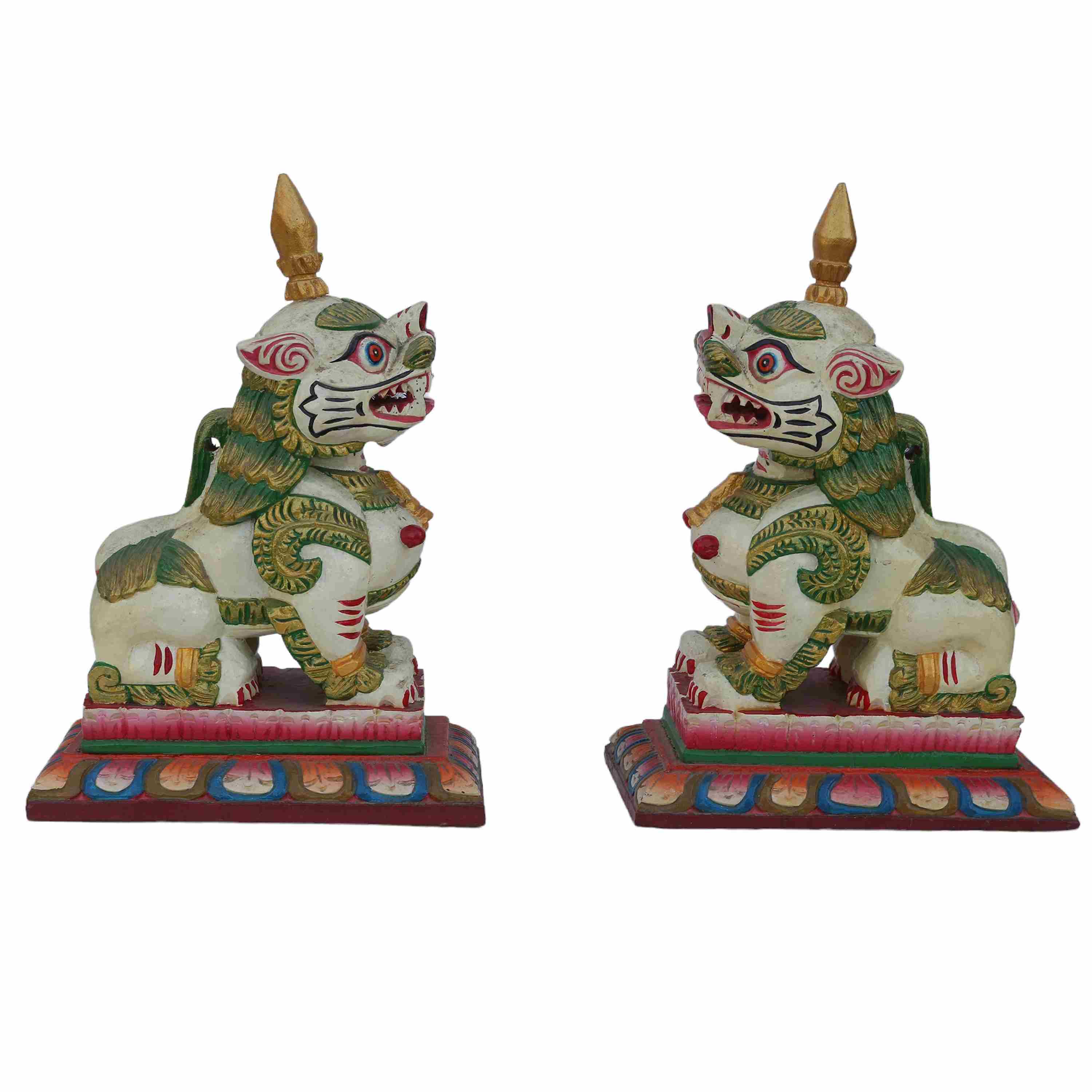 Traditional Tibetan, Wooden Staue
Traditional Tibetan, Wooden Staue 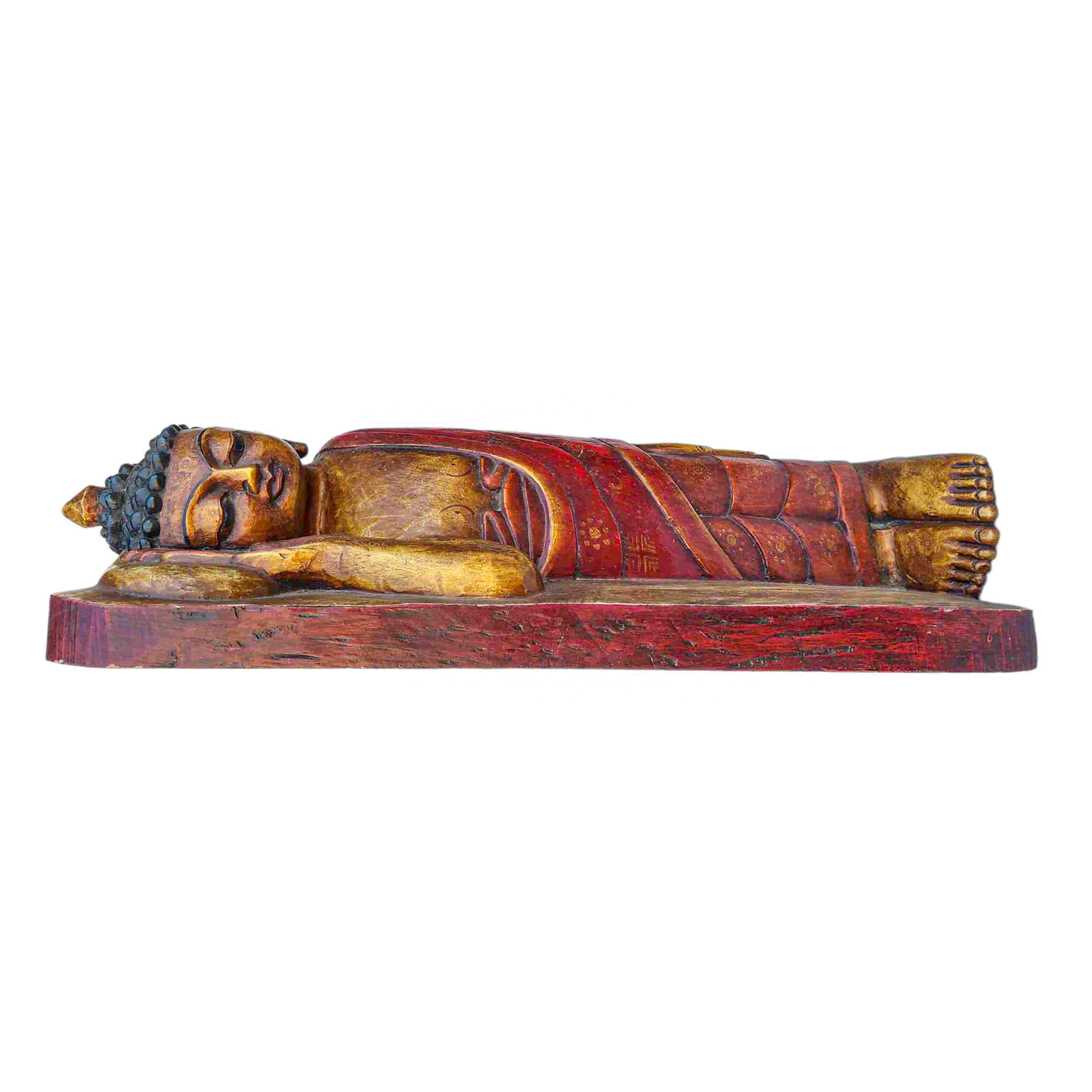 of Sleeping Buddha,
of Sleeping Buddha, 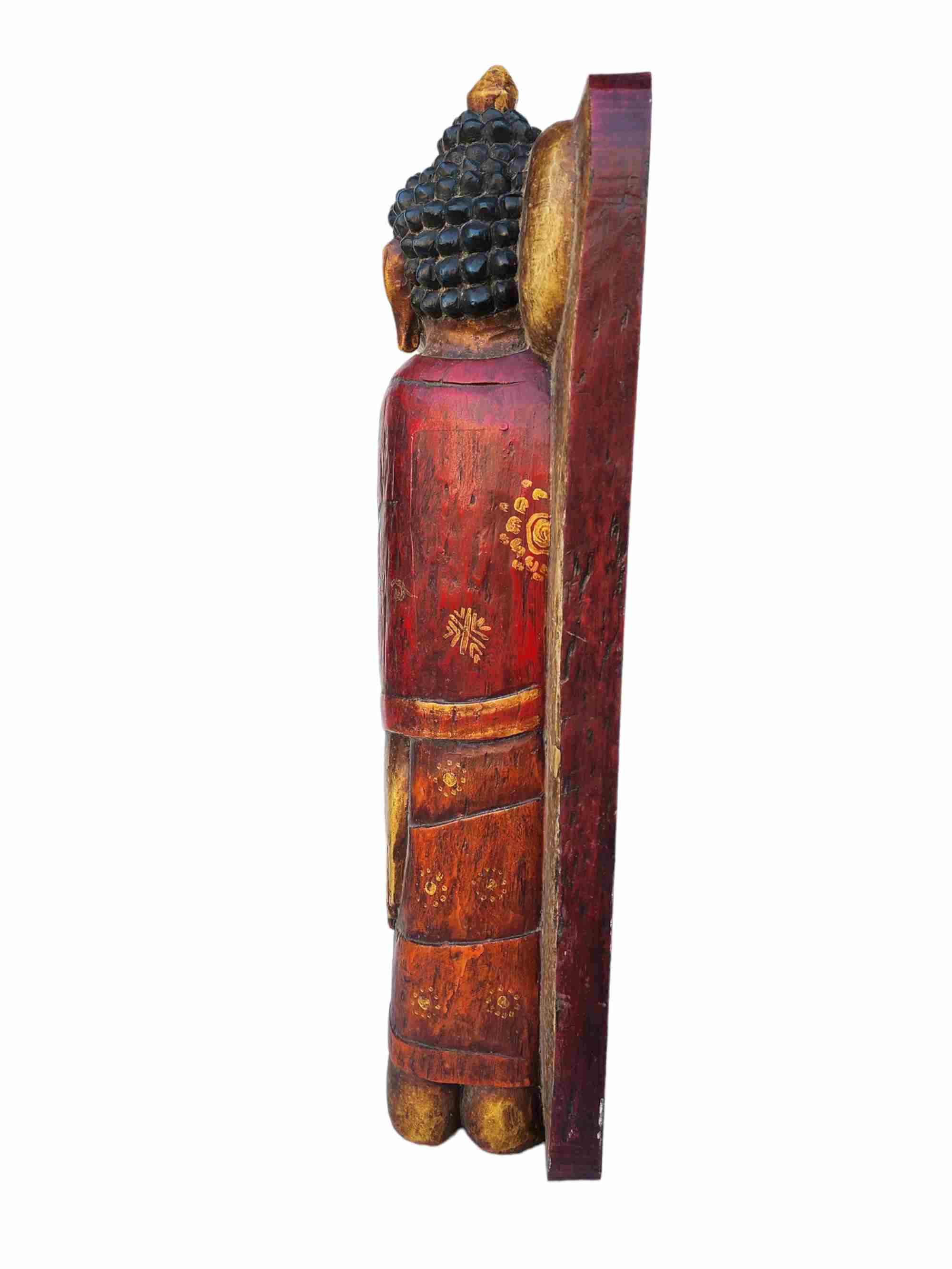 of Sleeping Buddha,
of Sleeping Buddha,  of Amoghasiddhi Buddha, Or Blessing Buddha
of Amoghasiddhi Buddha, Or Blessing Buddha 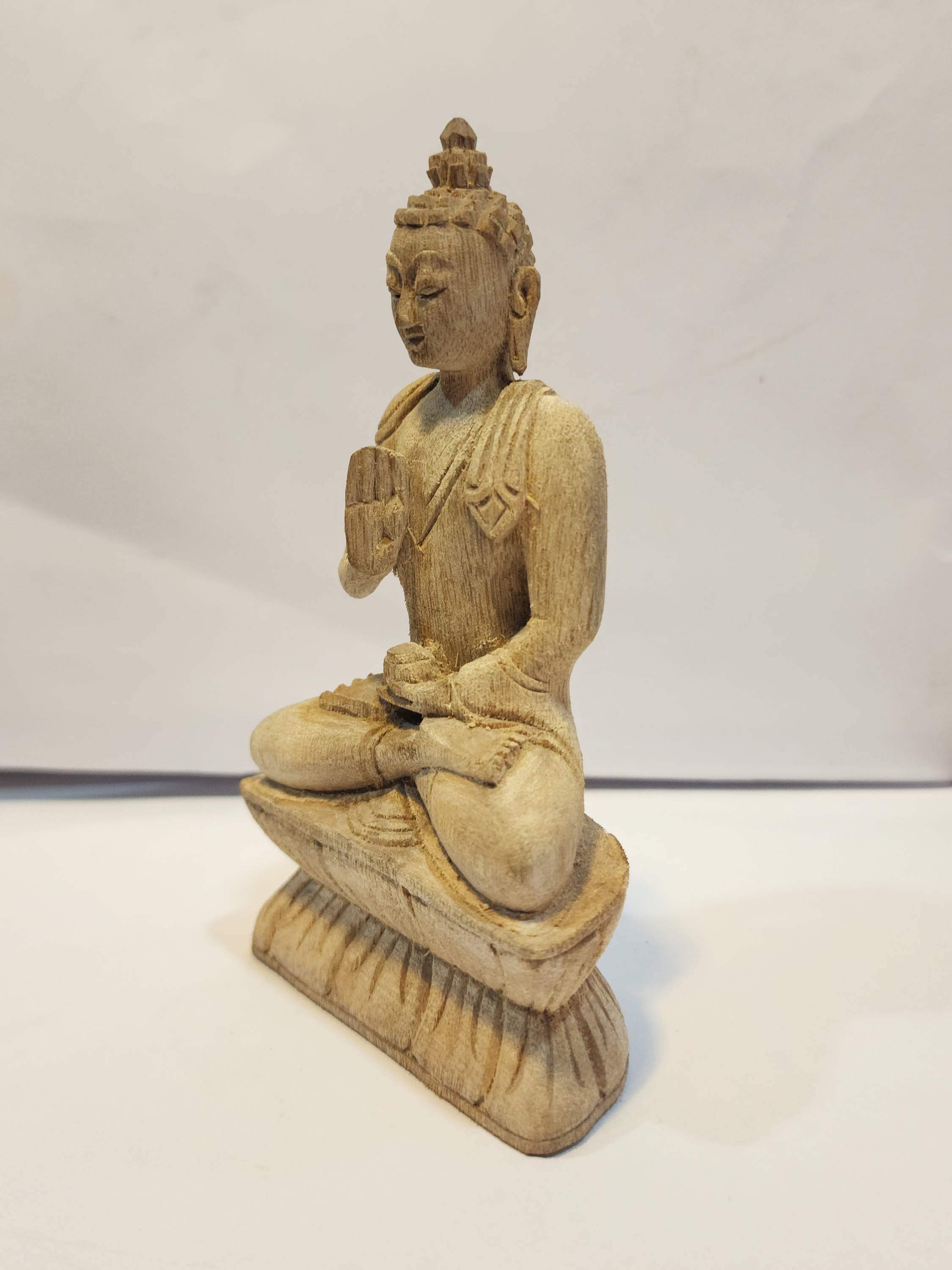 of Amoghasiddhi Buddha, Or Blessing Buddha
of Amoghasiddhi Buddha, Or Blessing Buddha